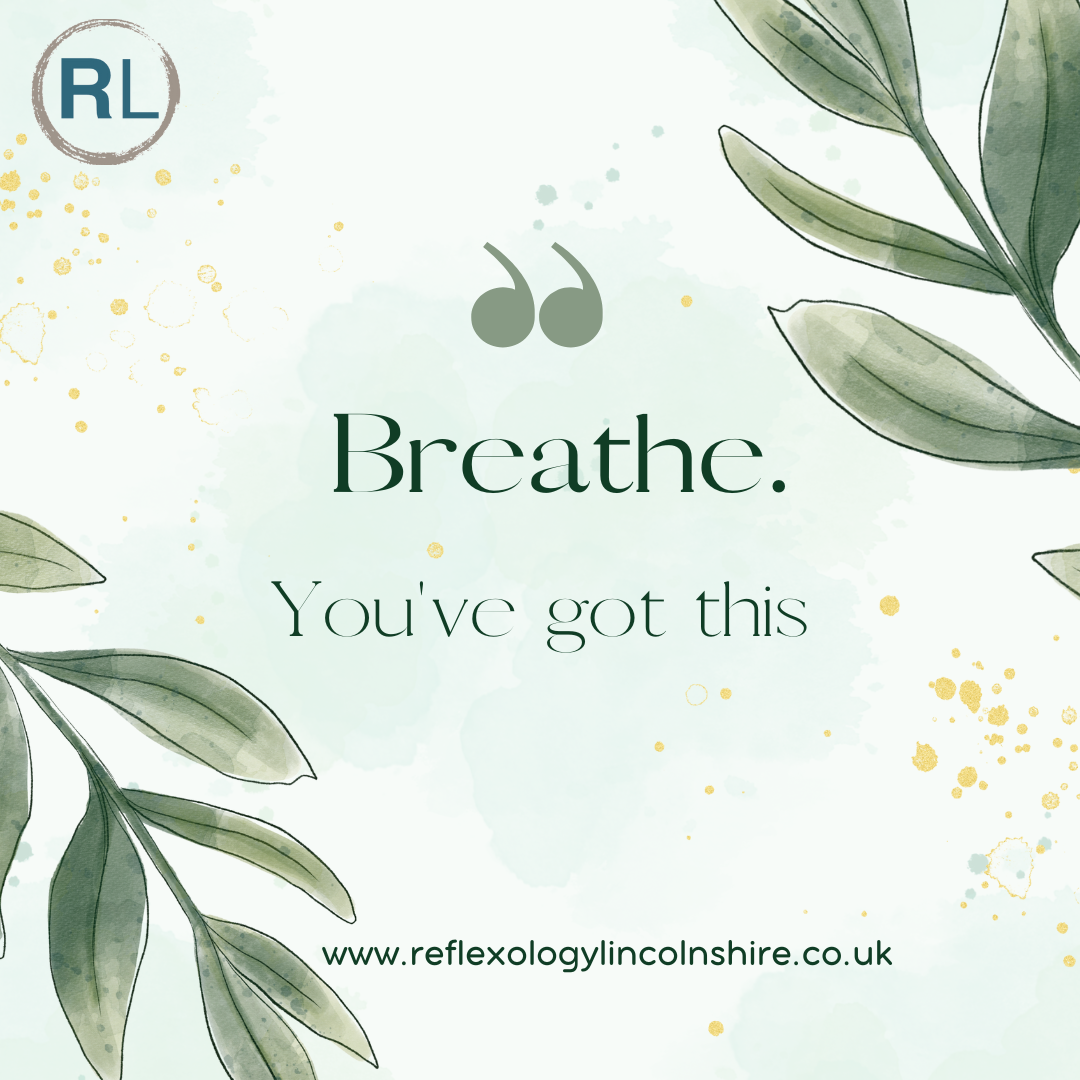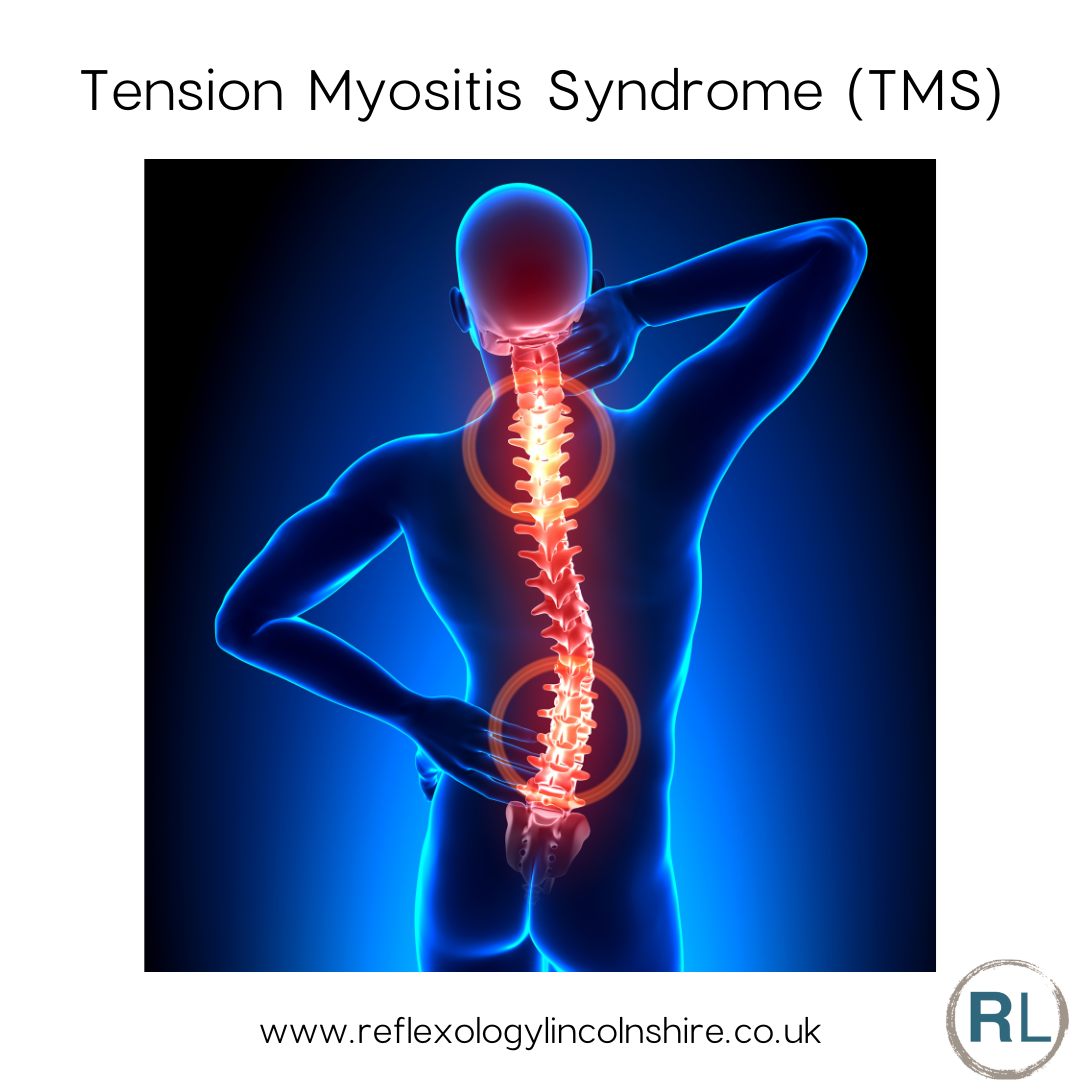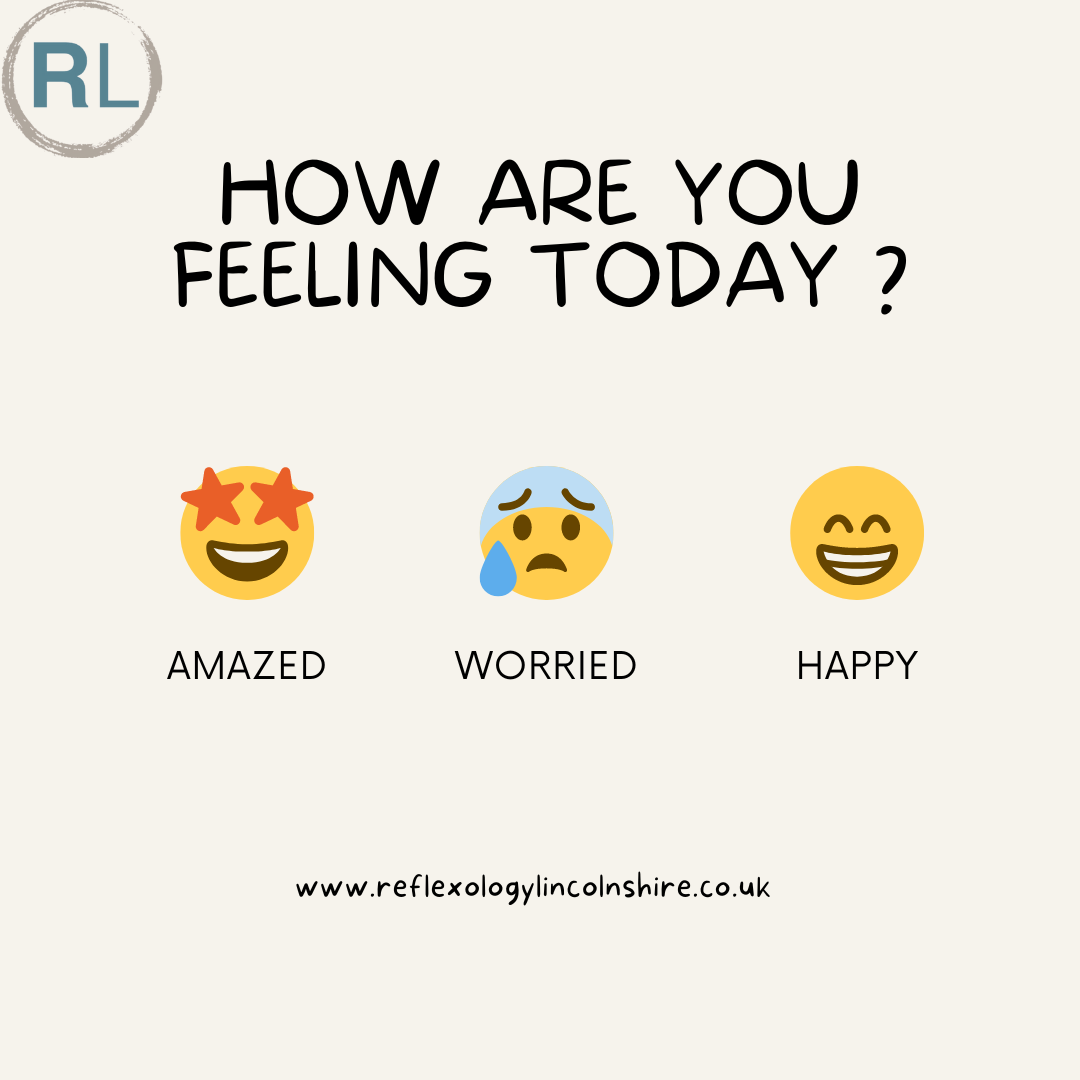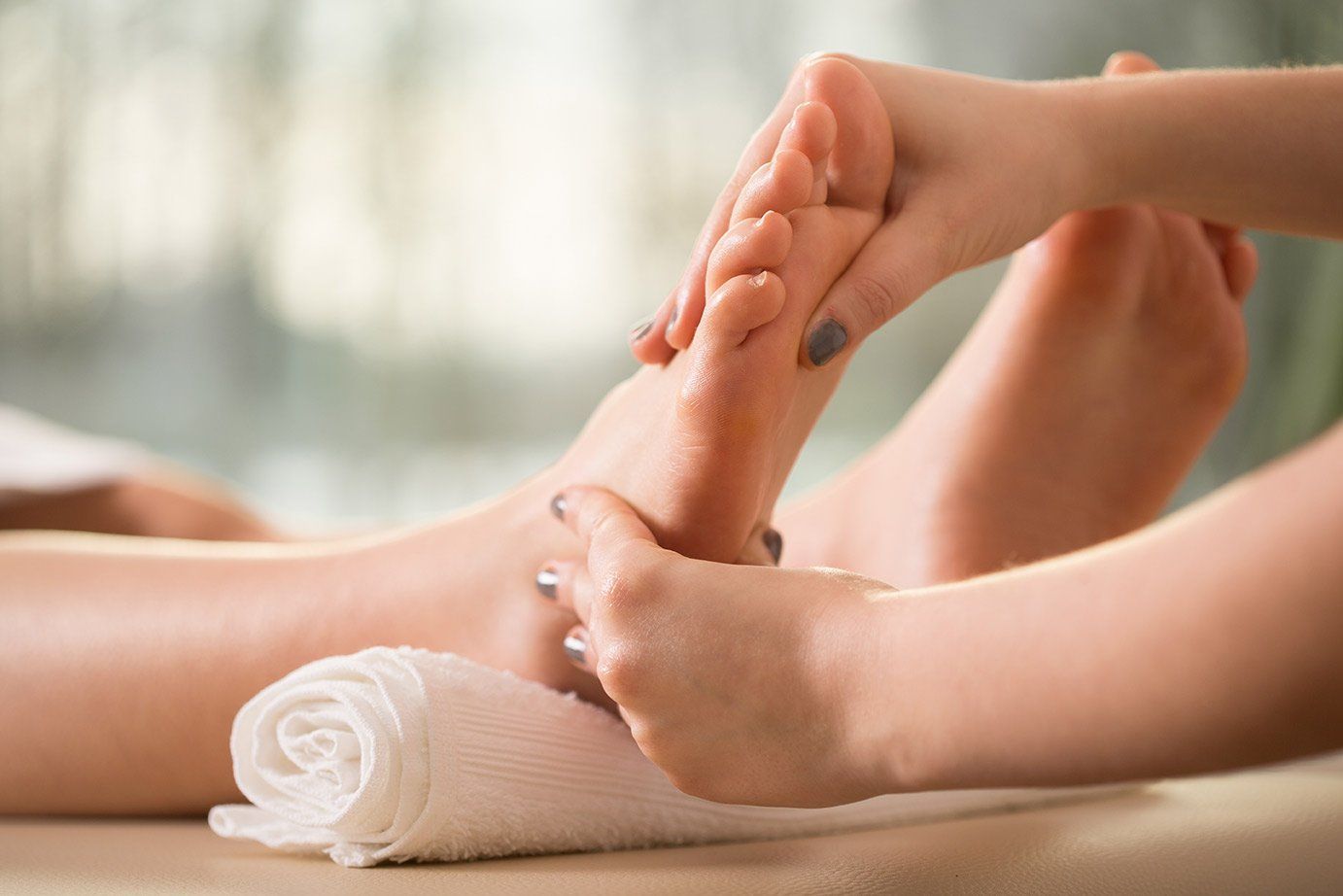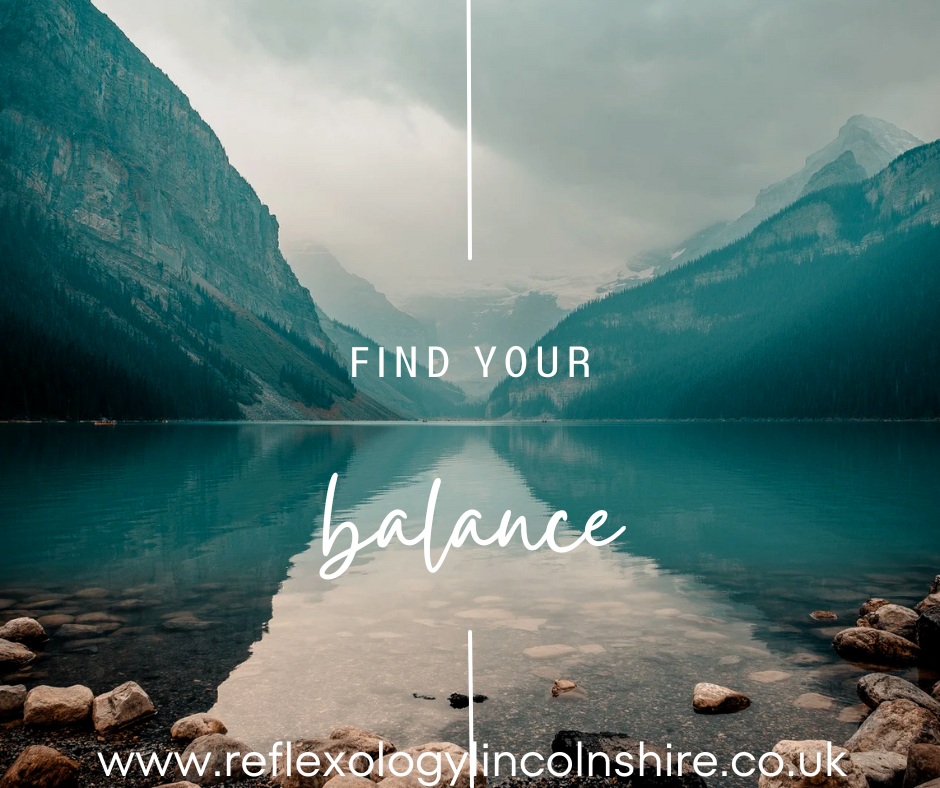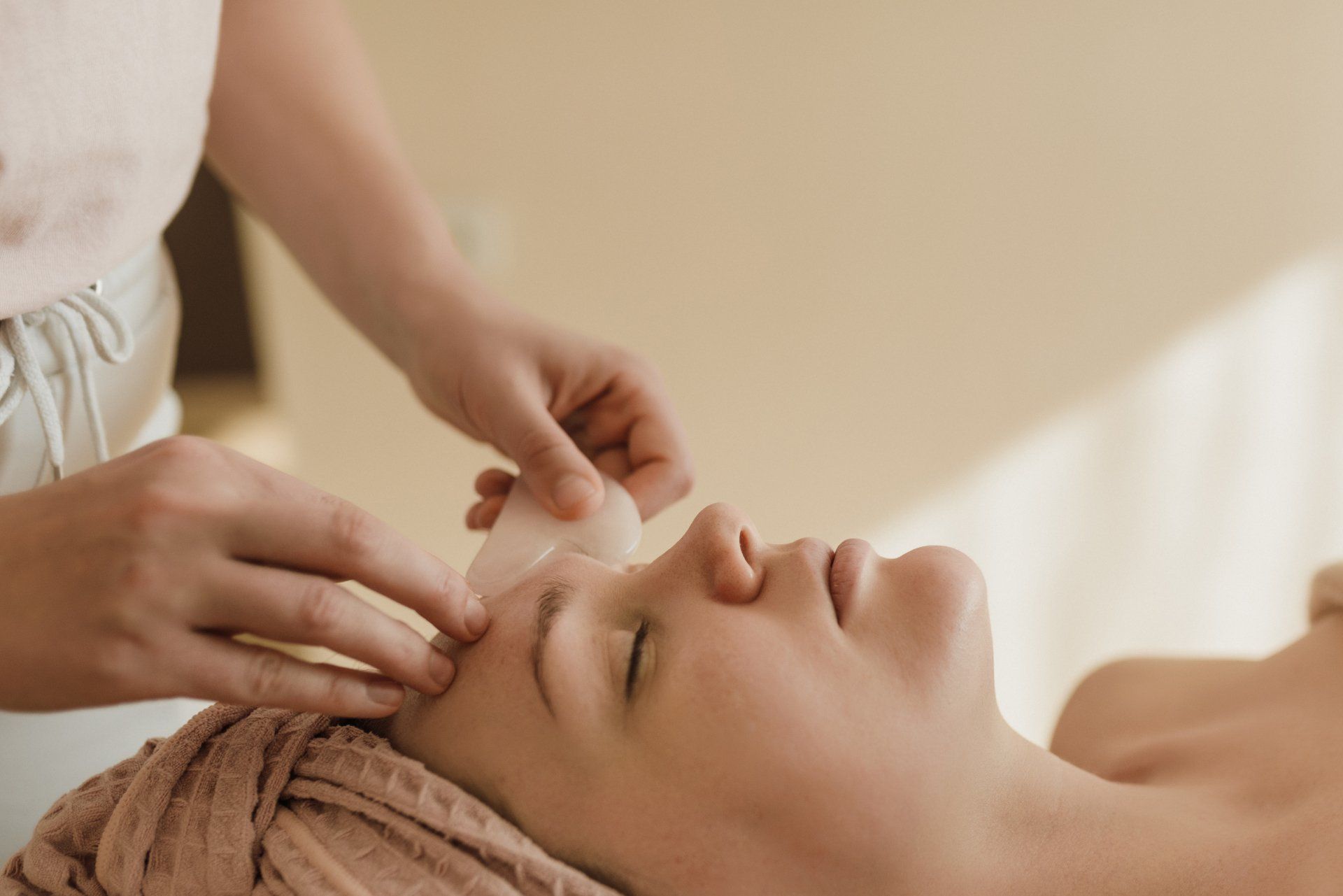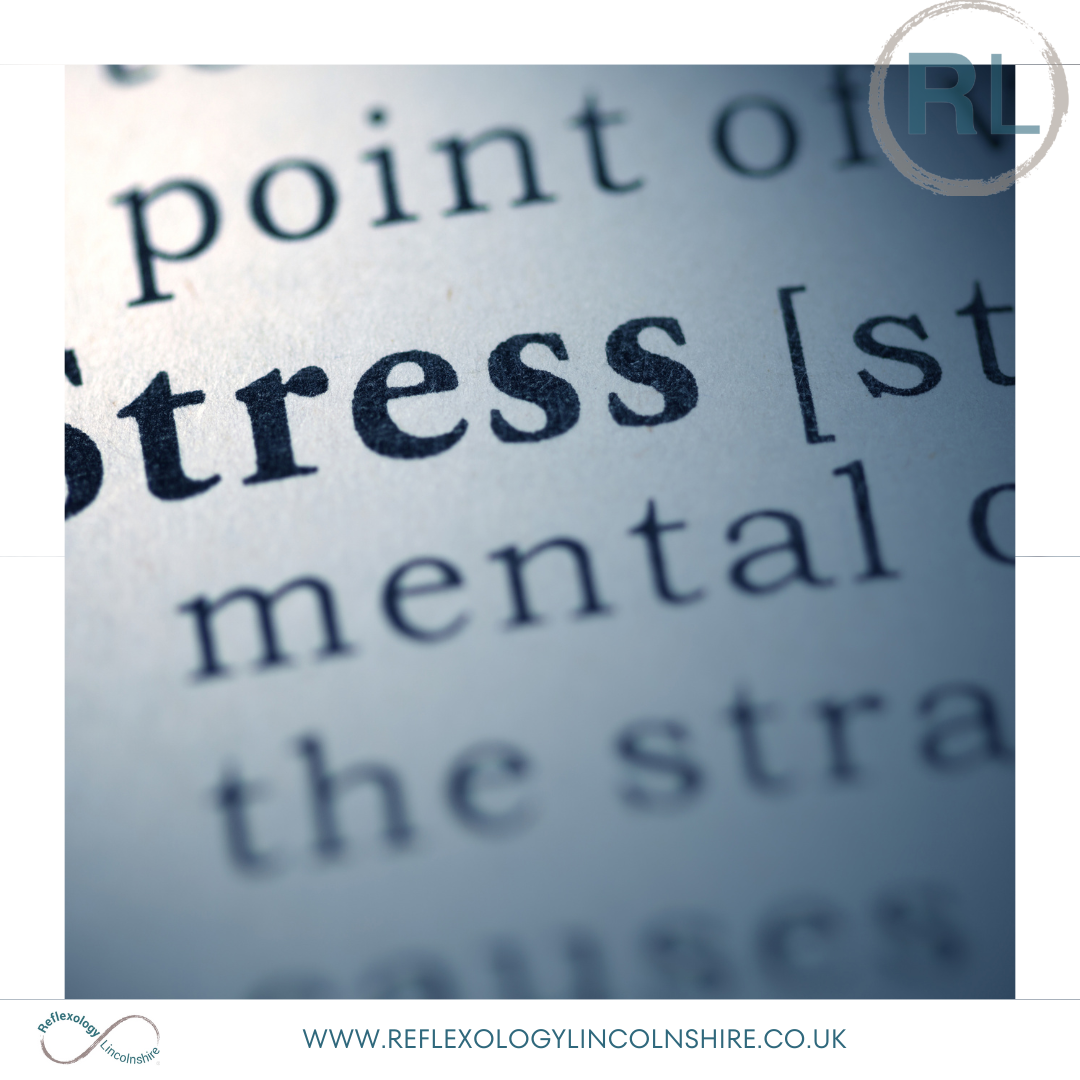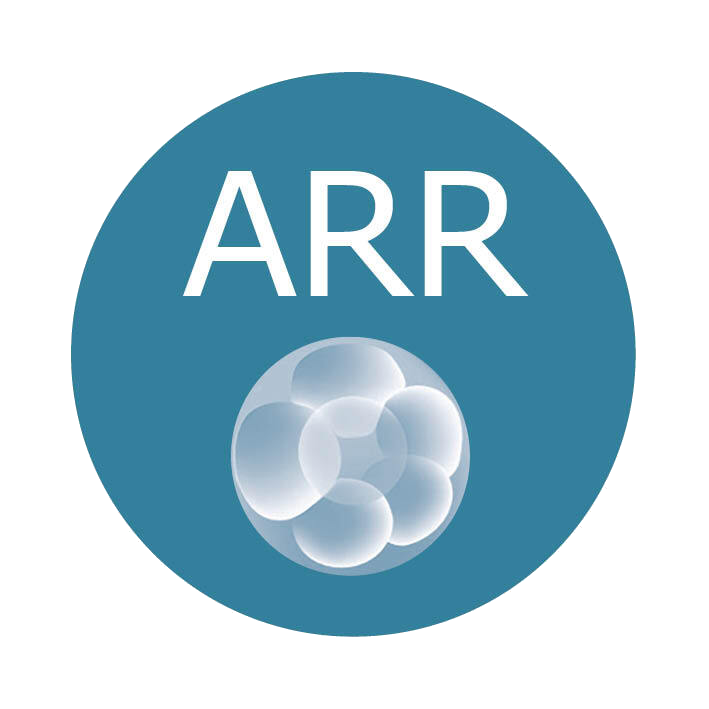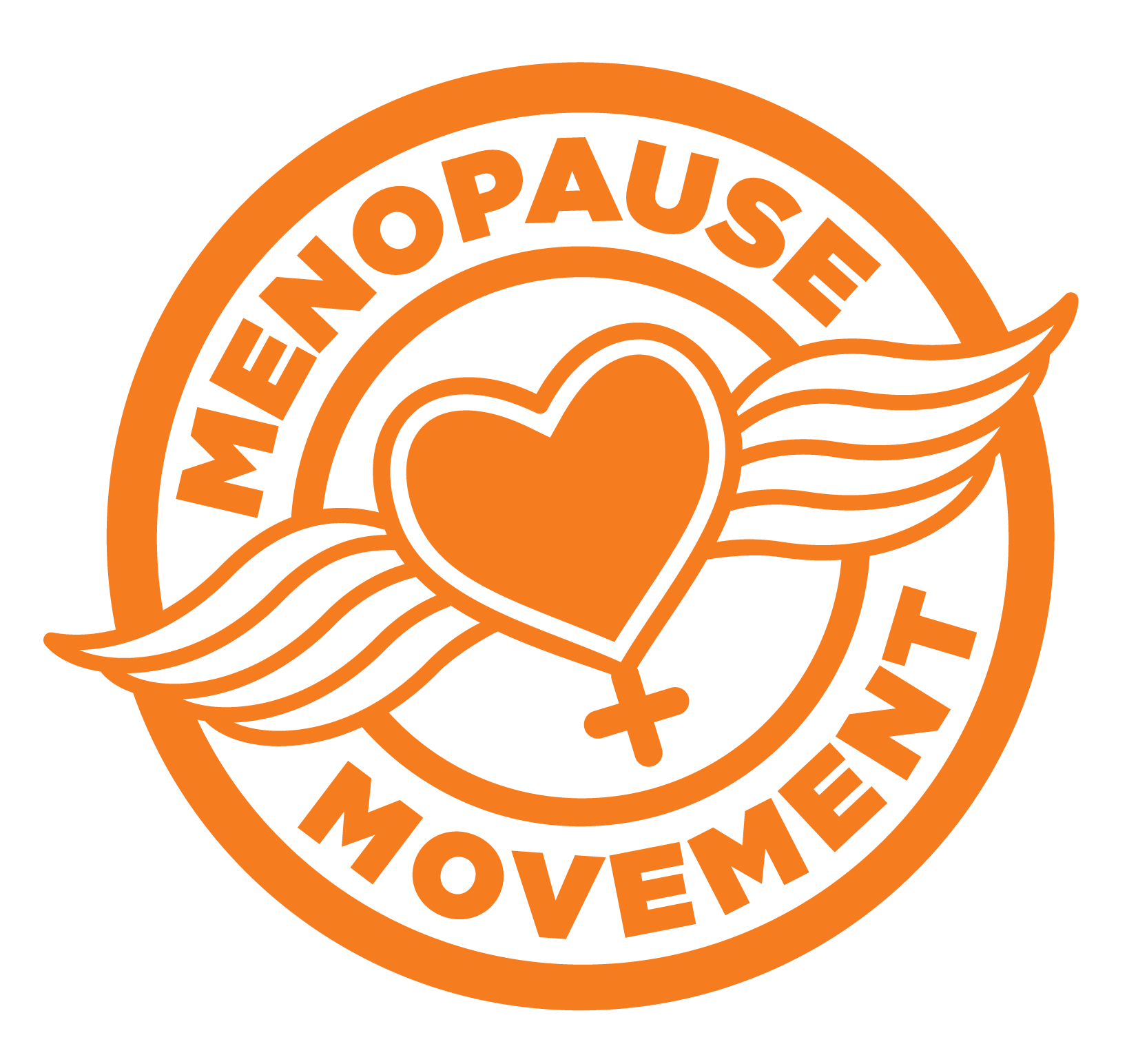The Ancient Art of Reflexology
A Journey Through History and Modern Wellness
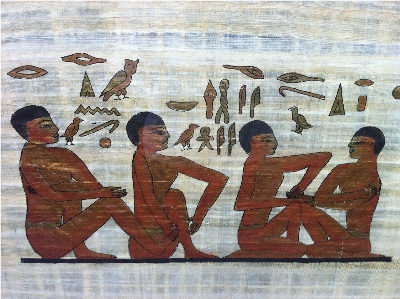
Reflexology, an ancient therapeutic practice, has stood the test of time, evolving from ancient traditions to a modern wellness routine embraced by many for its holistic benefits. But what exactly is reflexology, and why do people incorporate it into their health routines? Let’s delve into its fascinating history and explore the reasons behind its enduring popularity.
A Historical Overview
Ancient Beginnings
The roots of reflexology stretch back thousands of years, with evidence of similar practices found in various ancient civilisations. The earliest recorded instance dates to around 2330 BCE in Egypt. A pictograph discovered in the tomb of Ankmahor, a prominent physician, depicts individuals receiving hand and foot massages. This suggests that even then, there was an understanding of the therapeutic benefits of manipulating certain points on the body.
Traditional Chinese Medicine
Simultaneously, in ancient China, practices akin to reflexology were integral to Traditional Chinese Medicine (TCM). The "Yellow Emperor's Classic of Internal Medicine" (Huangdi Neijing), an ancient medical text, alludes to the connection between pressure points on the feet and overall health. The concept of Qi (vital energy) flowing through meridians laid the foundation for many traditional therapies, including acupressure and reflexology.
Zone Therapy and Modern Reflexology
Fast forward to the early 20th century, and we encounter Dr. William H. Fitzgerald, an American ENT specialist who introduced "zone therapy" to the Western world. Fitzgerald proposed that the body could be divided into ten vertical zones, and that applying pressure to specific areas within these zones could alleviate pain and improve health.
Building on Fitzgerald's work, Eunice Ingham, a nurse and physiotherapist, further developed the practice in the 1930s and 1940s. She meticulously mapped reflex points on the feet and hands corresponding to various organs and systems in the body, creating the basis of modern reflexology. Her method, known as the Ingham Method, became widely accepted and remains influential today.
Global Spread and Recognition
Throughout the mid-20th century, reflexology gained popularity in the United States and Europe. Organisations such as the Association of Reflexology (AoR) and the International Institute of Reflexology (IIR) were established to promote research, education, and professional standards. Today, reflexology is a recognised complementary therapy, often used alongside conventional medical treatments.
Why People Choose Reflexology in Their Wellbeing Routine?
Holistic Healing
One of the primary reasons people turn to reflexology is its holistic approach to health. Reflexology doesn't just target symptoms; it aims to address the underlying causes of imbalance in the body. By stimulating specific reflex points, practitioners can promote the natural healing processes, enhance circulation, and encourage the flow of energy throughout the body.
Stress Reduction and Relaxation
In our fast-paced modern world, stress is a common ailment. Reflexology sessions are deeply relaxing, providing an opportunity for individuals to unwind and disconnect from their daily pressures. The soothing touch of a reflexologist can trigger the body’s relaxation response, reducing stress levels and promoting a sense of calm.
Pain Relief
Many people seek reflexology for its potential to alleviate pain. Whether it’s chronic conditions like arthritis or everyday aches and pains, reflexology may offer relief. By focusing on reflex points linked to specific body parts, practitioners can help reduce inflammation and improve pain management.
Improved Circulation
Good circulation is vital for overall health, ensuring that oxygen and nutrients are effectively distributed throughout the body. Reflexology may enhance blood flow, which in turn supports the body’s natural healing processes and boosts overall vitality.
Enhanced Wellbeing
Beyond physical health, reflexology also contributes to emotional and mental wellbeing. Regular sessions can improve sleep quality, elevate mood, and increase overall energy levels. This holistic boost to wellbeing makes reflexology an appealing addition to many people’s health routines.
Complementary Therapy
Reflexology is often used in conjunction with other medical treatments. Its non-invasive nature makes it a suitable complementary therapy for a variety of conditions. Many individuals find that reflexology enhances the effectiveness of their conventional treatments, providing a more comprehensive approach to health.
Conclusion
From its ancient origins to its modern applications, reflexology has a rich history that underscores its enduring appeal. Whether seeking relief from pain, a means to reduce stress, or a way to enhance overall wellbeing, many individuals have found reflexology to be a valuable component of their health routines. Its holistic approach and gentle, non-invasive methods make it a versatile therapy that continues to gain recognition and appreciation worldwide.
As we navigate the complexities of modern life, the ancient wisdom of reflexology offers a timeless pathway to balance and wellness.
